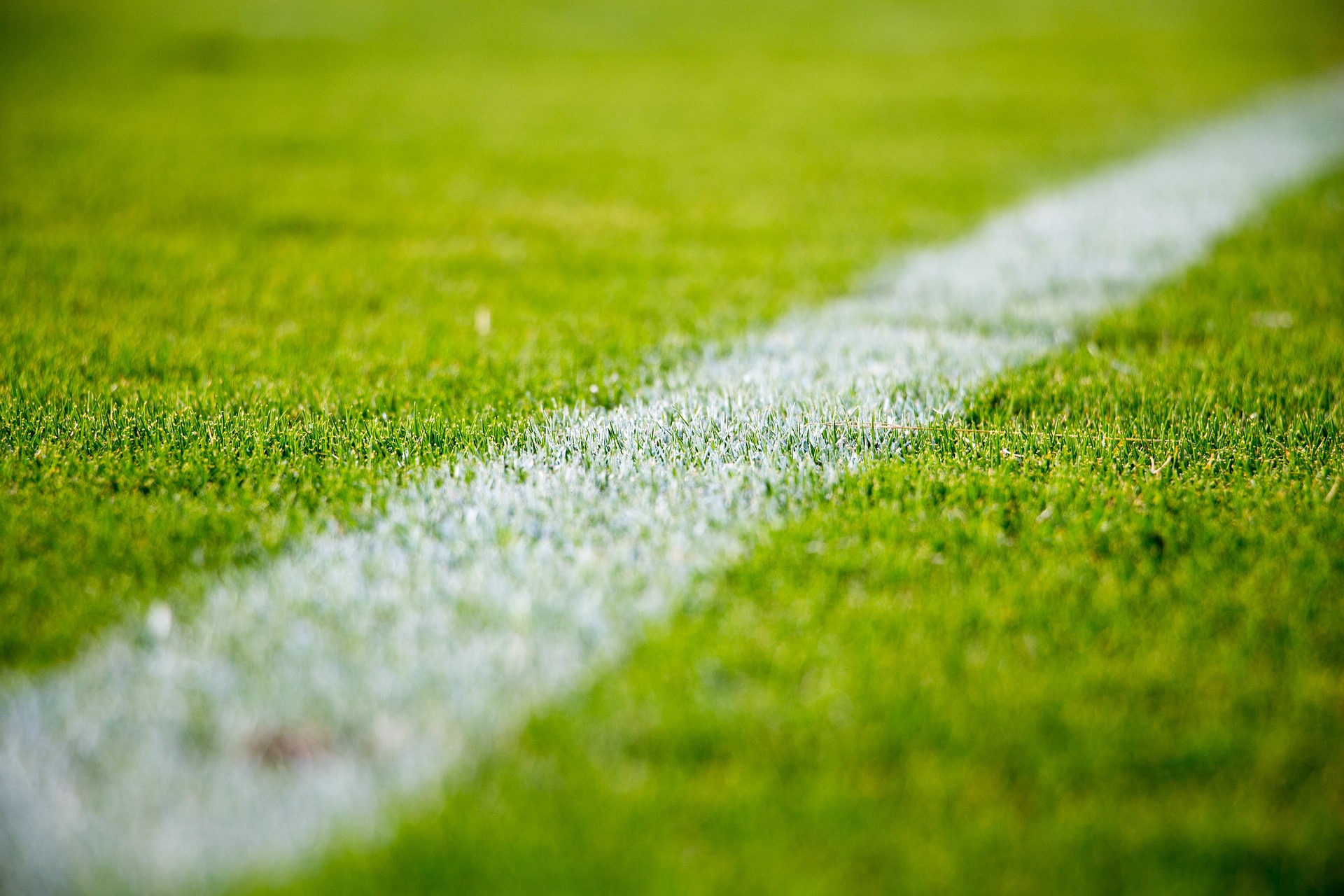As round one of the AFL season kicks off, and with the FIFA World Cup rapidly approaching, thousands of young sports fans will be inspired to take part in junior sport.
In recent times, junior sport in Australia has exploded, and with that, so too have the fees accompanied with sending your son or daughter out to play at their chosen local sporting club.
With a price rise in some instances of over 100 percent, middle to lower income families have begun to feel the pinch of adding yet another bill to the mix of expenses.
In the past decade, basically since the Socceroos’ fairy tale run to the round of 16 at the 2006 World Cup, participation in junior soccer has risen to the point where it is now the most popular junior sport in Australia, with over 1.1 million.
In 2018, soccer is the most expensive junior sport in the country, with registration prices soaring in some cases to over $800. Australian rules football sits somewhere in the middle, with a median registration fee of around $450, whereas rugby, a sport trying to increase participation rates, is on the lower end of the spectrum at around $200.
Even the cost of pre-competitive junior programs such as Auskick have sharply increased, having experienced a 100 percent spike from 50 to 100 dollars in the past five years.
Mother-of-two Deb Tuckwell, whose boys both play sport at the junior level, was quick to reiterate that the cost of registration was not the only cost that parents needed to cover for the season.
“I’ve got a 12-year-old that plays soccer and a 16-year-old playing football, and the money we’ve had to spend on the subs (fees) is getting really expensive,” she said.
“Of course we pay it because we want the boys to be able to do what they love, but I can totally understand how some families may not be able to afford it. It adds up.
“It’s not just the money we pay to the club, it’s also when you add up all the other bits and pieces of equipment like boots and mouthguards.
“My eldest boy playing football also has to pay for his socks and shorts.”
Externally, it looks as though junior sports clubs are taking parents for a ride, with the rise in fees often, and incorrectly, associated with the clubs pocketing profits for a larger bottom line.
With most of the registration fees going towards insurance, league registration, council fees and costs associated with the national governing bodies such as the AFL or the FFA, many local sporting clubs are struggling to even stay afloat.
Former President of the Bulleen-Templestowe football club, Santino Paolini, was strong in saying that most junior sporting clubs are actually not profitable.
“We actually make no money out of the subs (registration),” he said.
“All of the money that the parents and players from the senior club pay goes towards insurance, registration fees and the rest of it.
“For clubs like ours that are amateur clubs, most of the money that we make is from the bar sales, and that’s why it’s important to create a good culture around the place.
“It gets hard when the club isn’t financially stable.”
With all the money pumped into junior clubs, it’s often clubs also don’t have sufficient lighting or space to accommodate all the teams that train throughout the week.
“We had to wait for three months for the council to come out and fix one of the light towers so that we could use the far side of our ground for training,” Paolini added.
In an era where the government is so wary of sedentary rates amongst our younger generation leading to health and obesity issues, it may be time for government subsidisation to help families, junior sports clubs and players alike.
Aaron Tribuzio is a third year Media and Communications student at La Trobe University. Keep up to date with his thoughts on Twitter @Tribuzio23.






